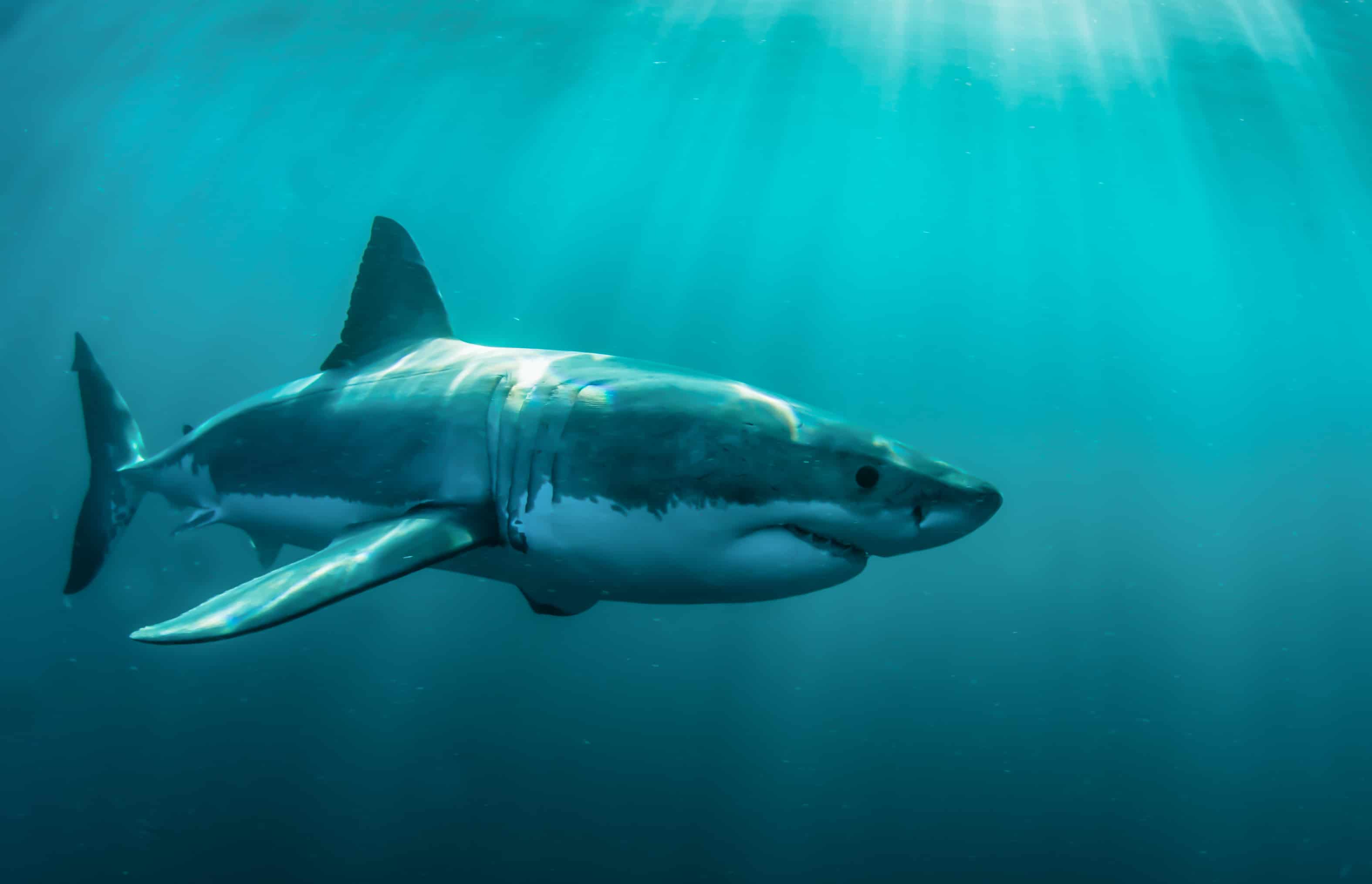by Jeff Foust —

WASHINGTON — NASA cut short a third attempt to load propellants onto the Space Launch System for a countdown rehearsal April 14 after encountering several problems, including a hydrogen leak.
NASA started loading liquid oxygen into the core stage of the SLS at Launch Complex 39B around 9:30 a.m. Eastern after a delay caused by issues with the supply of nitrogen gas at the pad used to support tanking operations. However, controllers stopped liquid oxygen loading shortly after beginning initial “slow fill” operations when a temperature limit was exceeded.
NASA developed a solution to the issue, which the agency did not immediately describe, and restarted liquid oxygen loading shortly before 12 p.m. Eastern. About a half-hour later, liquid hydrogen started flowing into the core stage, according to updates provided by a NASA Twitter account.
However, NASA said shortly after 1 p.m. Eastern that it halted loading of liquid hydrogen when engineers detected a surge in pressure when moving from the initial slow fill of the propellant to fast fill. Controllers halted liquid oxygen loading to fix that problem and go into what NASA called a “modified” fast fill.
Controllers, though, stopped liquid hydrogen loading again after detecting a leak in an umbilical line connecting the core stage to the tail service mast on the launch platform. At that point the core stage’s liquid oxygen tank was 49% full but the liquid hydrogen tank only 5% full.
NASA effectively scrubbed the test around 4 p.m. Eastern when it announced it would not continue filling the core stage tanks and instead focus on chilling down propellant lines in the SLS’s upper stage. NASA managers previously decided not to fill the tanks on that upper stage in this test because of a faulty helium check valve in the stage.
It was not immediately clear when NASA would try again to complete the wet dress rehearsal of the SLS. NASA said only it would not proceed with the terminal stage of the countdown and instead “will assess next steps after today’s operations.”
NASA scrubbed two earlier wet dress rehearsals of the SLS, although neither got quite as far as this test. The first, April 3, stopped before propellant loading could begin. The second, the next day, also filled the liquid oxygen tank in the core stage to about 50% but stopped before liquid hydrogen loading could begin because of a misconfigured valve on the mobile launcher.
After the second attempt, technicians discovered the malfunctioning helium check valve in the upper stage, leading them to proceed with a modified plan for the wet dress rehearsal that did not involve filling that stage’s tanks with propellants. “We believe that we’ll be able to meet the majority of our test objectives and provide us with a reasonably good set of data prior to rollback” to the Vehicle Assembly Building, said Charlie Blackwell-Thompson, NASA Artemis launch director, during an April 11 call with reporters.
As with the first two tanking tests, the flow of information was often as irregular as the flow of liquid hydrogen and liquid oxygen. NASA provided limited updates via Twitter and a blog. NASA previously claimed it could not provide more detailed information, such as launch commentary, because of concerns it could release information that is subject to export controls.
Note: This article have been indexed to our site. We do not claim legitimacy, ownership or copyright of any of the content above. To see the article at original source Click Here













